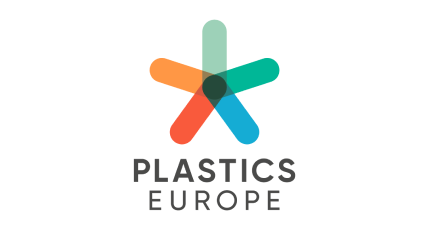Researchers / Institutional Affiliations
- Milling:
NanoFract UG, Magdeburg (Germany) - Labeling:
Dow
BASF - Characterization and baseline toxicity testing:
Nederlandse Organisatie voor Toegepast Natuurwetenschappelijk Onderzoek. (TNO; The Netherlands)
Timeline
Q2 2022 to Q3 2024 (milling, labeling and characterization),
Q3 to Q4 2024 (baseline testing)
Additional information
Ingestion and inhalation are hypothesized to be the main routes of exposure of humans to microplastics. This project focuses on ingestion. Microplastics will be prepared by the micronization of commercial-grade forms of examples of each of the seven polymer types (polyethylene, polypropylene, polystyrene, (rigid)polyvinyl chloride, polycarbonate, polyamide-6 and polyethylene terephthalate – the latter in collaboration with PETCORE Europe). Some of these microplastics will be labelled by radioisotope1 labels – specifically, carbon-14 – to better track them during exposure experiments. The microplastics will be characterized using a variety of analytical techniques.
Further details are available here.
1https://www.sciencedirect.com/science/article/abs/pii/S0304389423020691
Professional Presentations:
N/A
Published Papers
N/A

